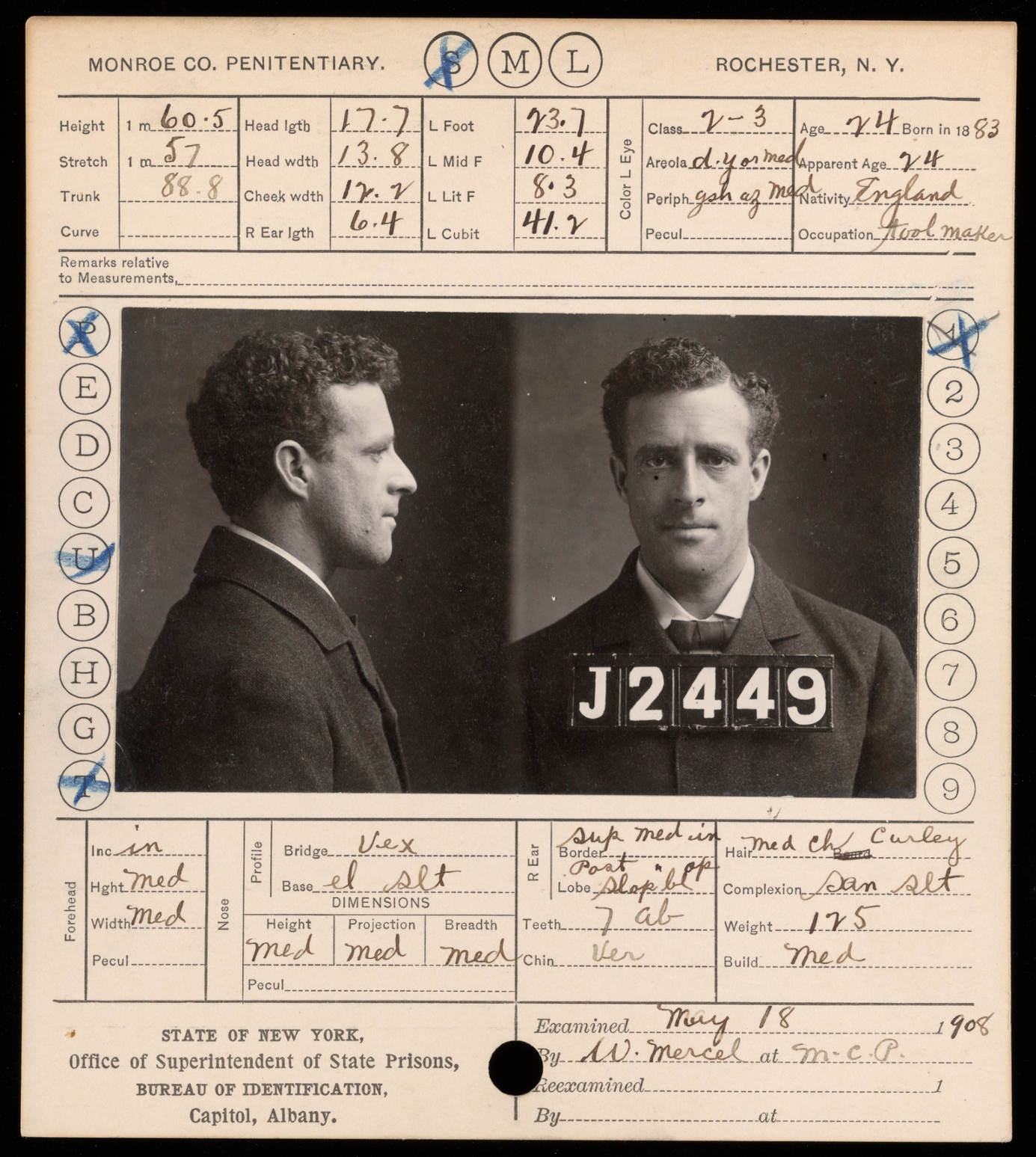Research
An Abolitionist Way of Seeing: Decarceration and the Politics of Data Visualization
Data has become central to the visibility of mass incarceration at present. But can it play a role in decarceration—in ending the policies and practices that led to the travesty of mass incarceration over the past fifty years? Can it help to bring about a world in which prisons, jails, and detention centers are no longer a solution to which we look, especially given data’s historic centrality to the carceral state? Are statistics, body cam footage, and field notes “data” that can release us into an abolitionist way of seeing? And how might that abolitionist way of seeing mobilize data visualizations?
“An Abolitionist Way of Seeing” explores these questions from two directions. The first looks to the cultural history of the carceral state and the role of what we now call “data” in that history. To that end, Joel Burges (associate professor, English; director, Graduate Program in Visual and Cultural Studies) and Wade Keye (PhD student, Graduate Program in Visual and Cultural Studies) are exploring the Monroe County Penitentiary Papers housed in Rare Books, Special Collections, and Preservation at River Campus Libraries. These papers include, for example, a collection of inmate identification cards (more commonly called “mugshots”) from the early twentieth century, each of which tracks various data points about men who were jailed at the time; they also include detailed statistics of attendance at the penitentiary along with a range of other materials. Keye will attend the seminar “Collections as Data” at the summer 2019 Humanities Intensive Learning and Teaching conference at Indiana University in conjunction with this part of the project.
The second direction takes the New York Department of Corrections map as its starting point. Working with Tracy Stuber (PhD candidate, Graduate Program in Visual and Cultural Studies) and other members of RDRI, the goal is to develop a series of alternative visualizations of the carceral geography in which we teach and live in upstate New York.
These visualizations will be related to RDRI projects. They might show, for instance, the layers of mobility experienced by students undergoing eviction from housing, suspension and expulsion from school, and time spent in the Youth and Justice Program, or the way that prison economies invisibly shape college campuses through contracts with certain companies. The project team hope to have drafts of these alternative visualizations on display at the symposium in April 2019 so as to get feedback from attendees.
Some of these alternative visualizations may offer “abolitionist maps” by which to see our region transformatively. Whether they constitute abolitionist maps is a question Burges will explore in a videographic essay he hopes to produce in summer 2019 by attending the Workshop on Videographic Criticism at Middlebury College.
The essay will contextualize and analyze RDRI’s alternative visualizations not only by looking at the rhetorical function of data and data visualizations in works such as Anna DuVernay’s 13th, Michelle Alexander’s The New Jim Crow: Mass Incarceration in the Age of Colorblindness, and Ruth Wilson Gilmore’s Golden Gulag: Prisons, Surplus, Crisis, and Opposition in Globalizing California, but also by exploring the belief that “no data” means “no change,” held by important organizations such a Measures for Justice, when it comes to the contemporary crisis of mass incarceration.
The central goal of this second direction of research is to grapple with the politics of data and data visualization in the present, and to see if either can contribute to an abolitionist way of seeing today.

